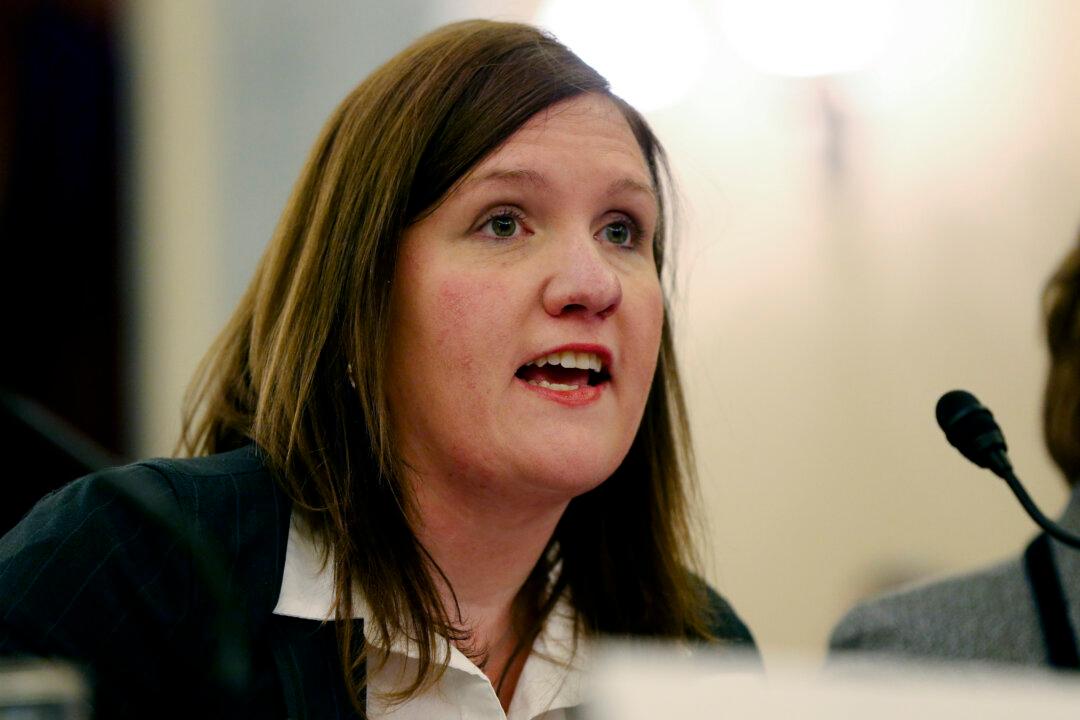WASHINGTON—Conservative thought leaders are applauding the Trump administration’s efforts to fix the so-called disparate impact rule in housing by replacing the current regulation, which tends to presume industry decisions are discriminatory with one that treats housing market participants more equitably.
Disparate impact, which is legal shorthand for the disparate impact theory of discrimination invented by the Supreme Court in its landmark 1971 decision in Griggs v. Duke Power Co., is inherently unfair and of dubious constitutionality, conservative legal thinkers say. In that decision, the court determined that Title VII of the Civil Rights Act of 1964 “proscribes not only overt discrimination, but also practices that are fair in form, but discriminatory in operation.”





